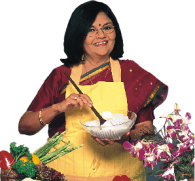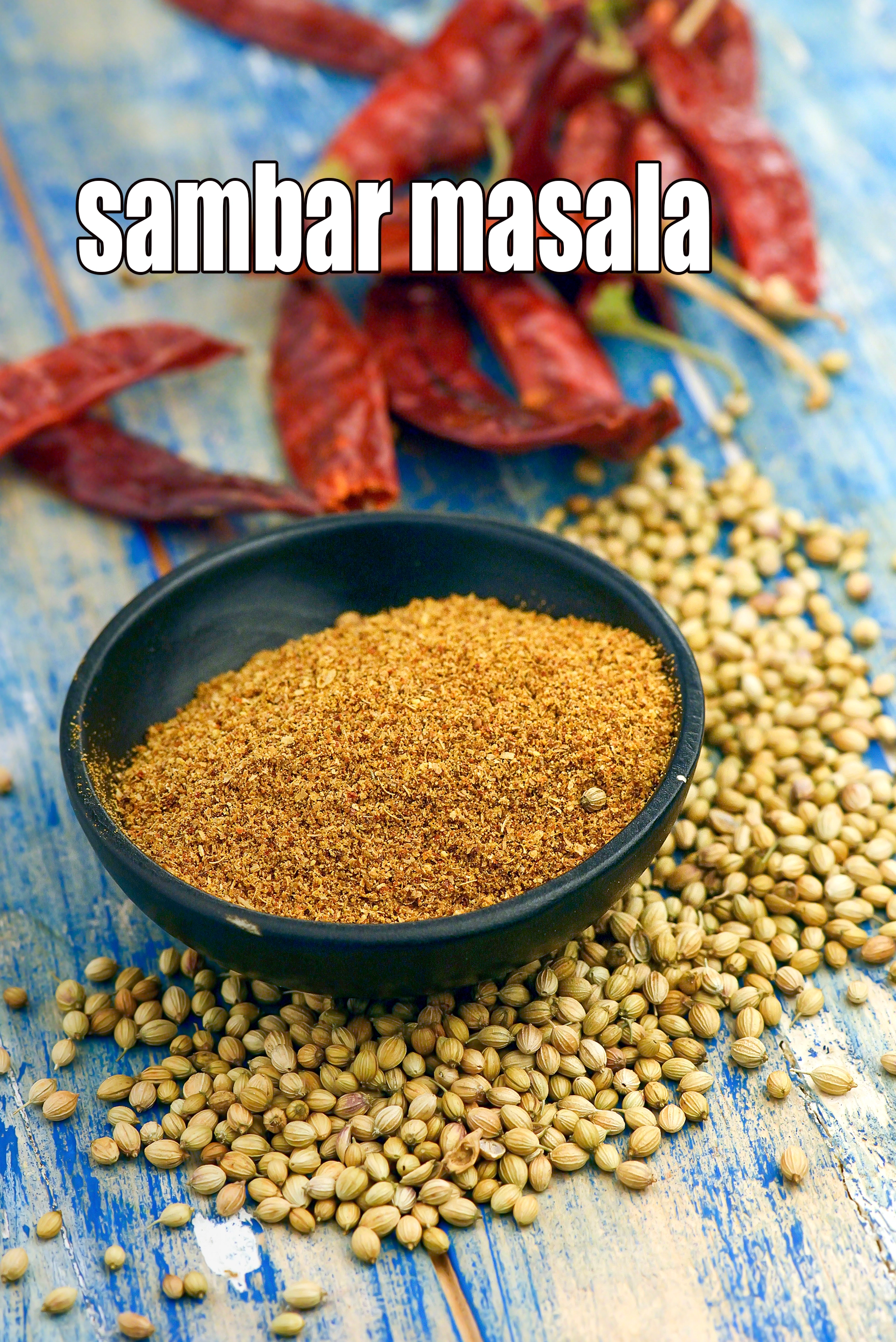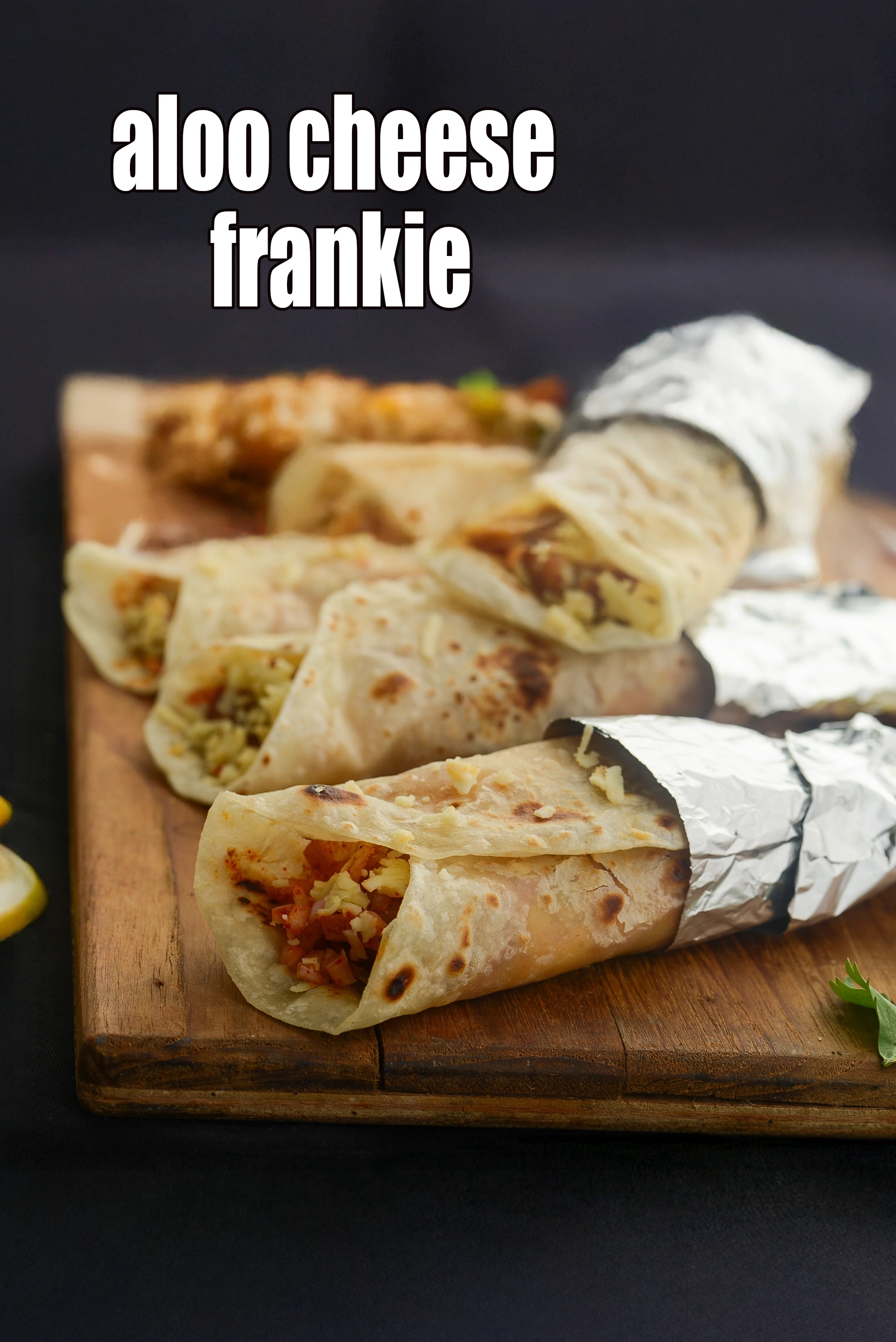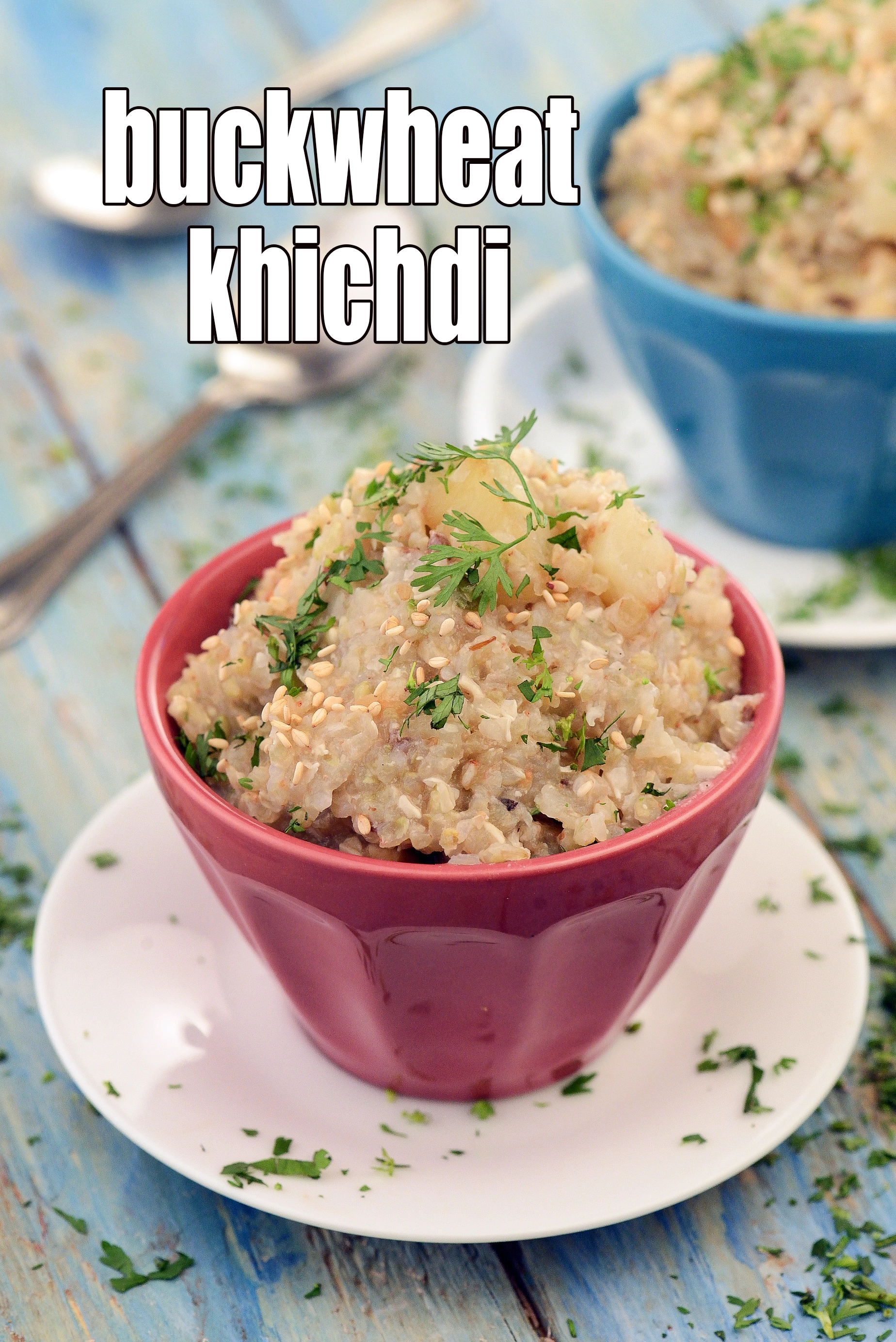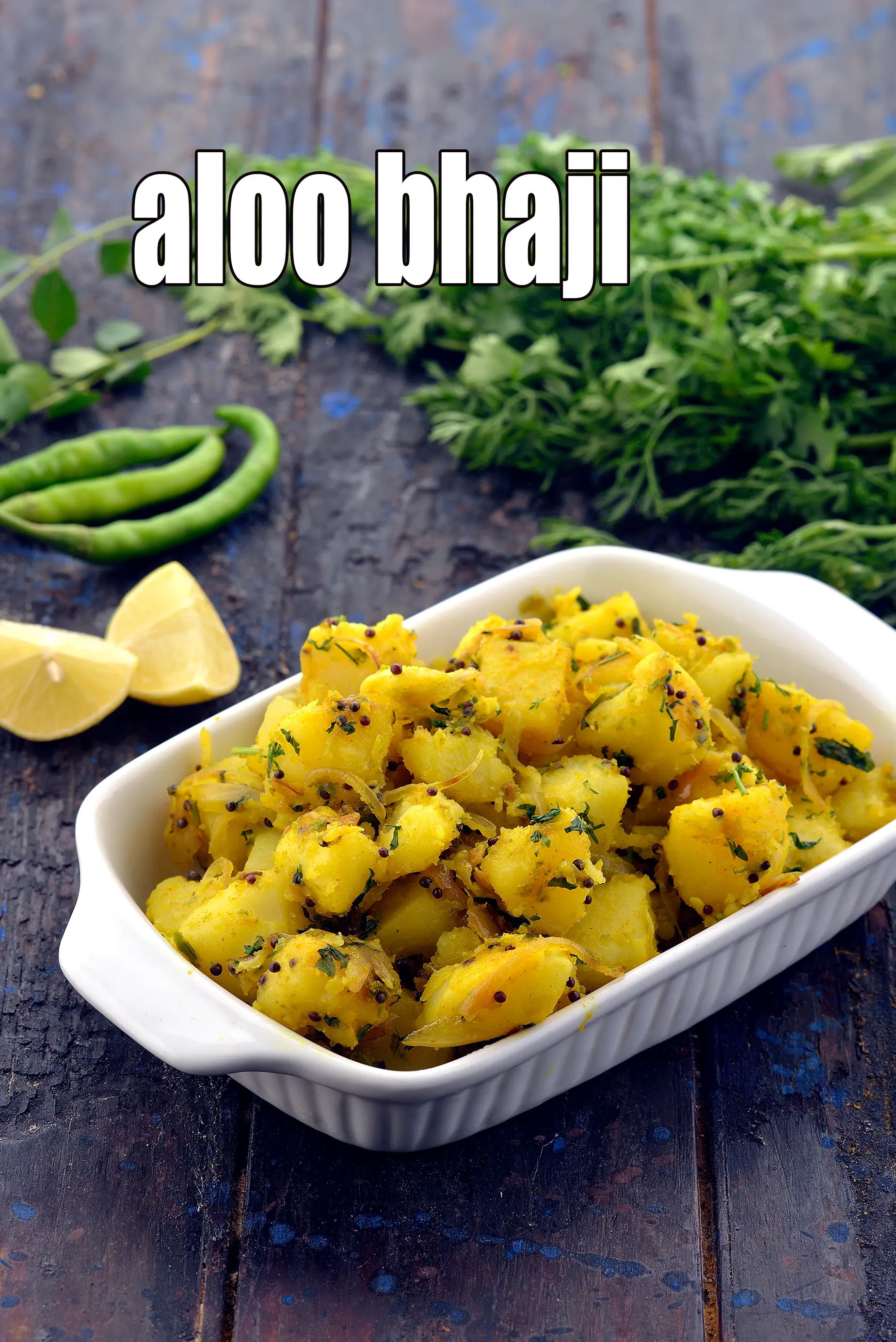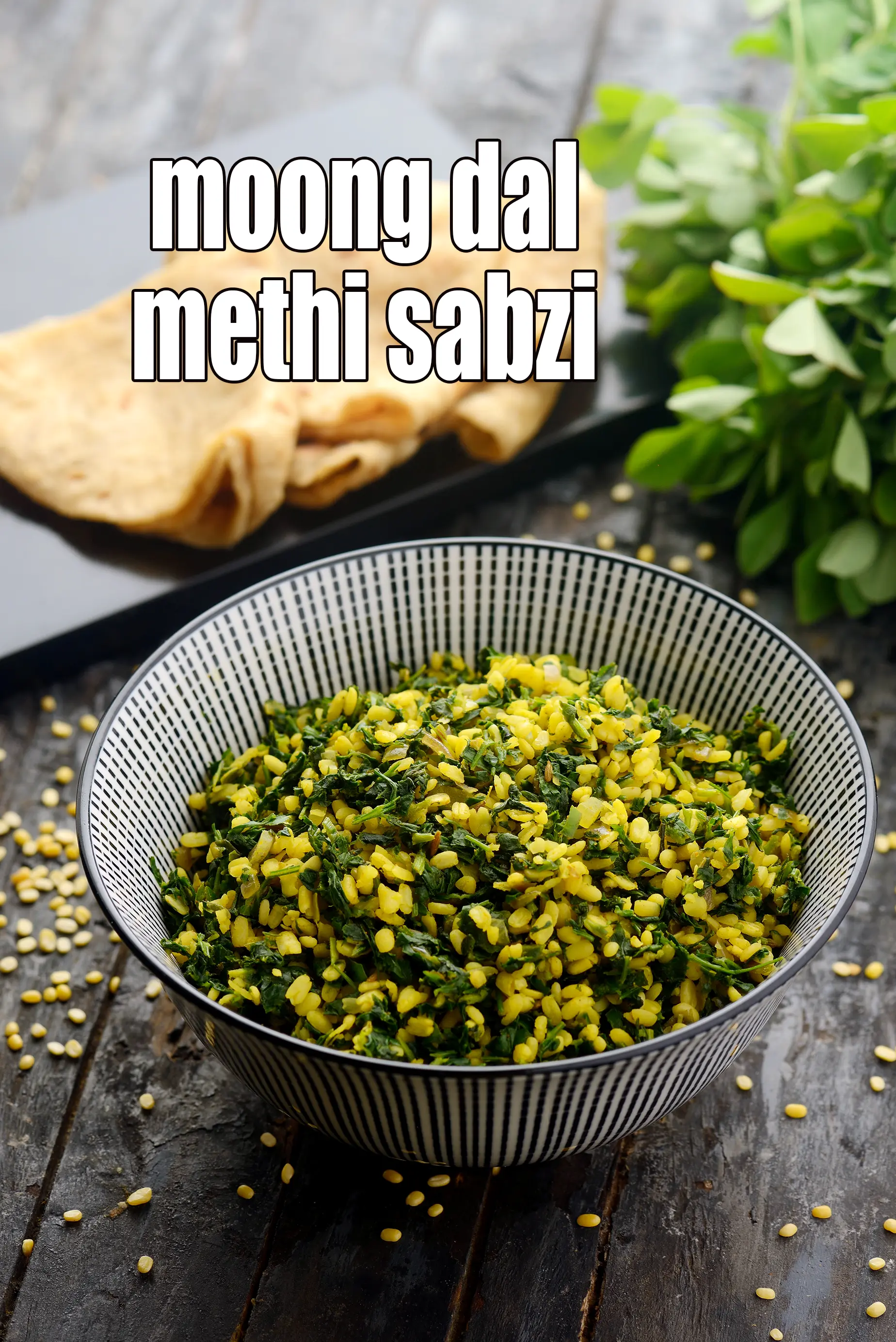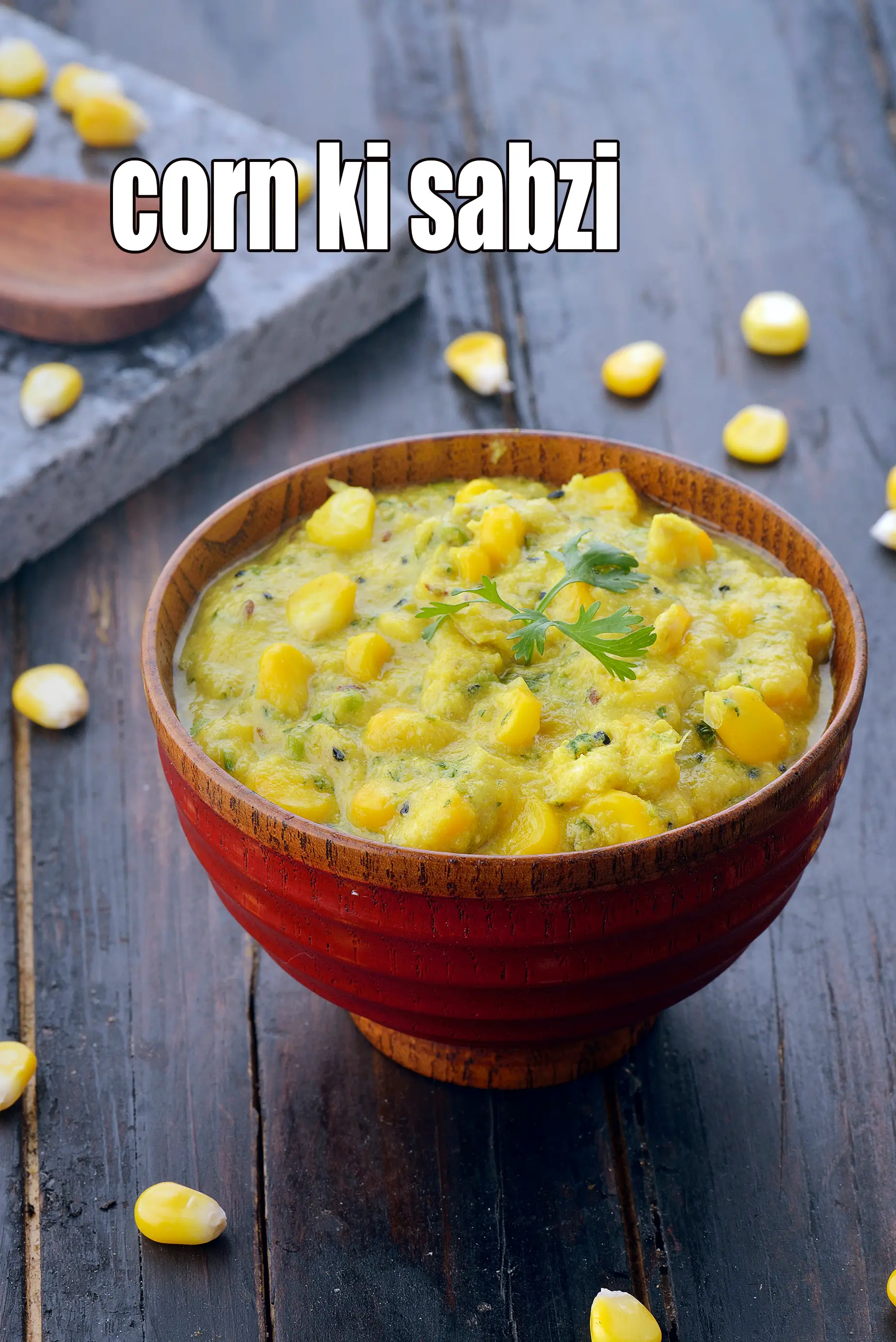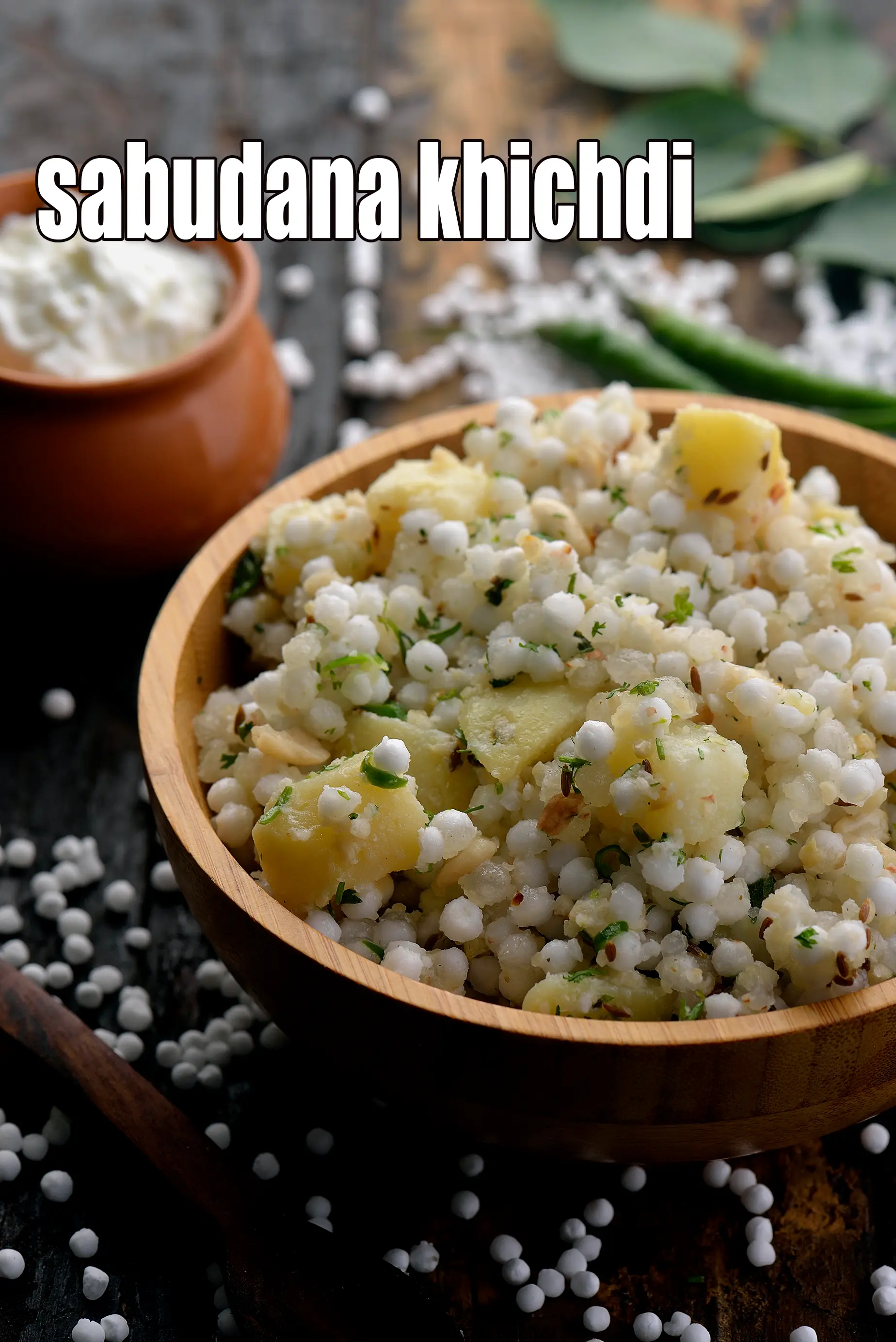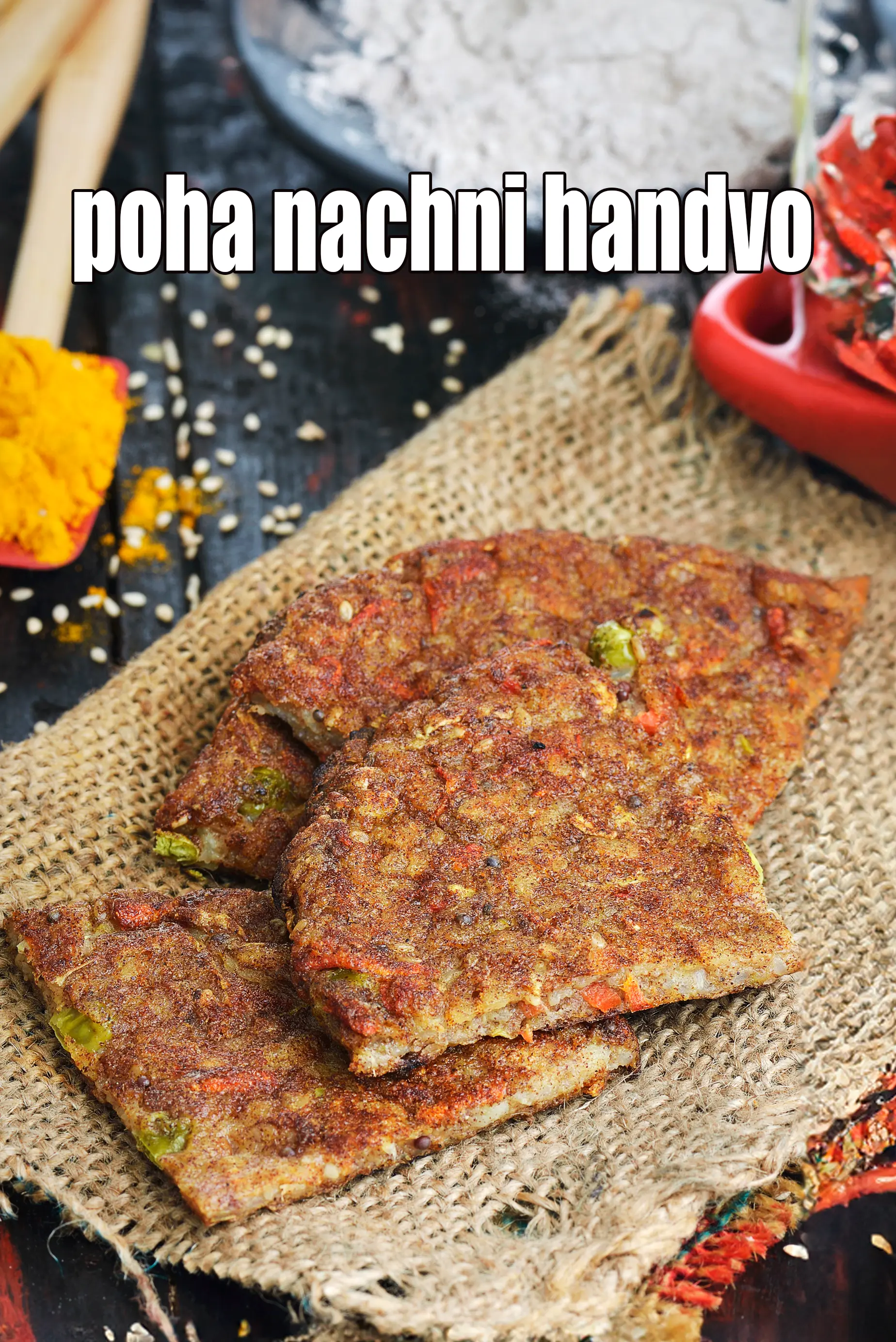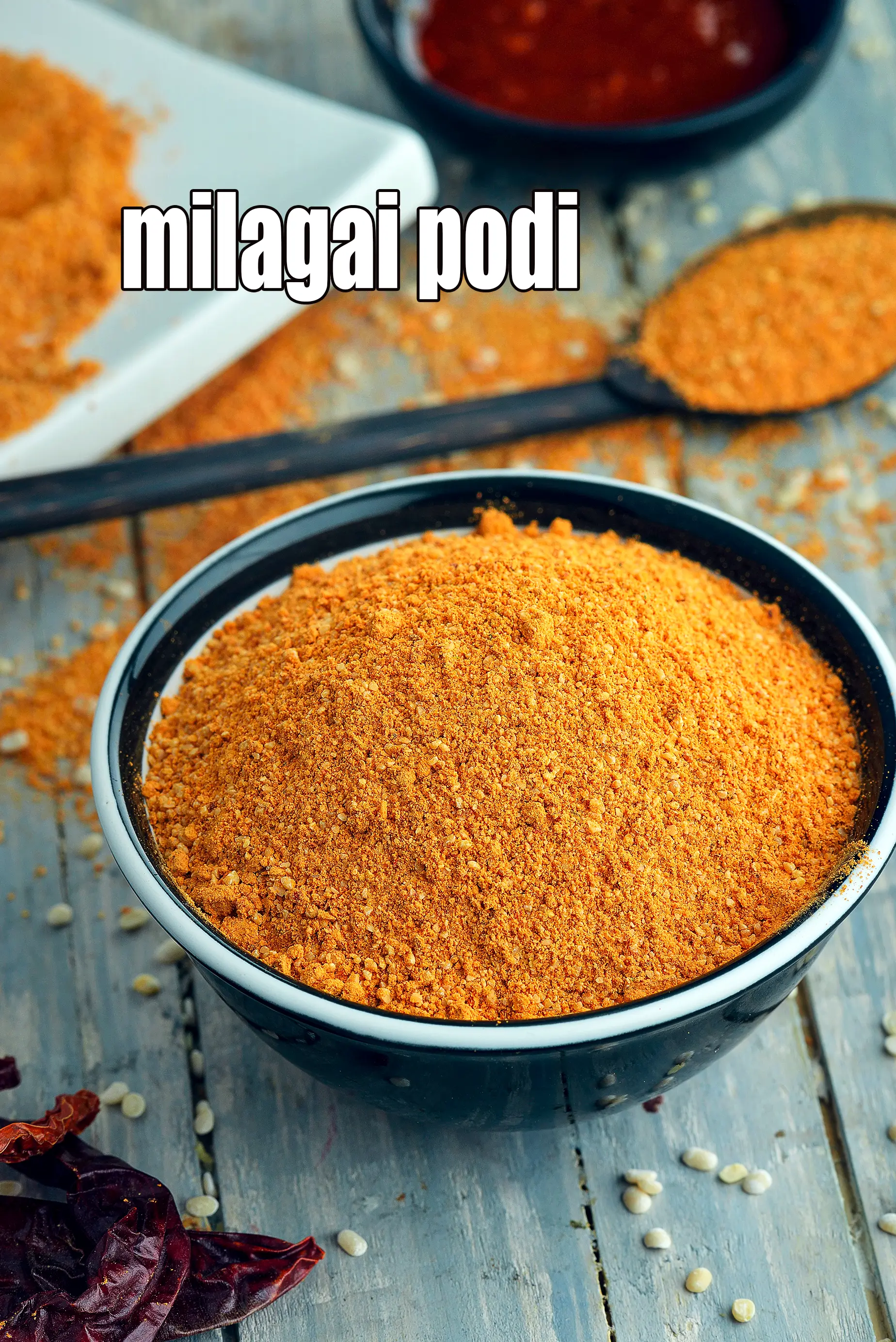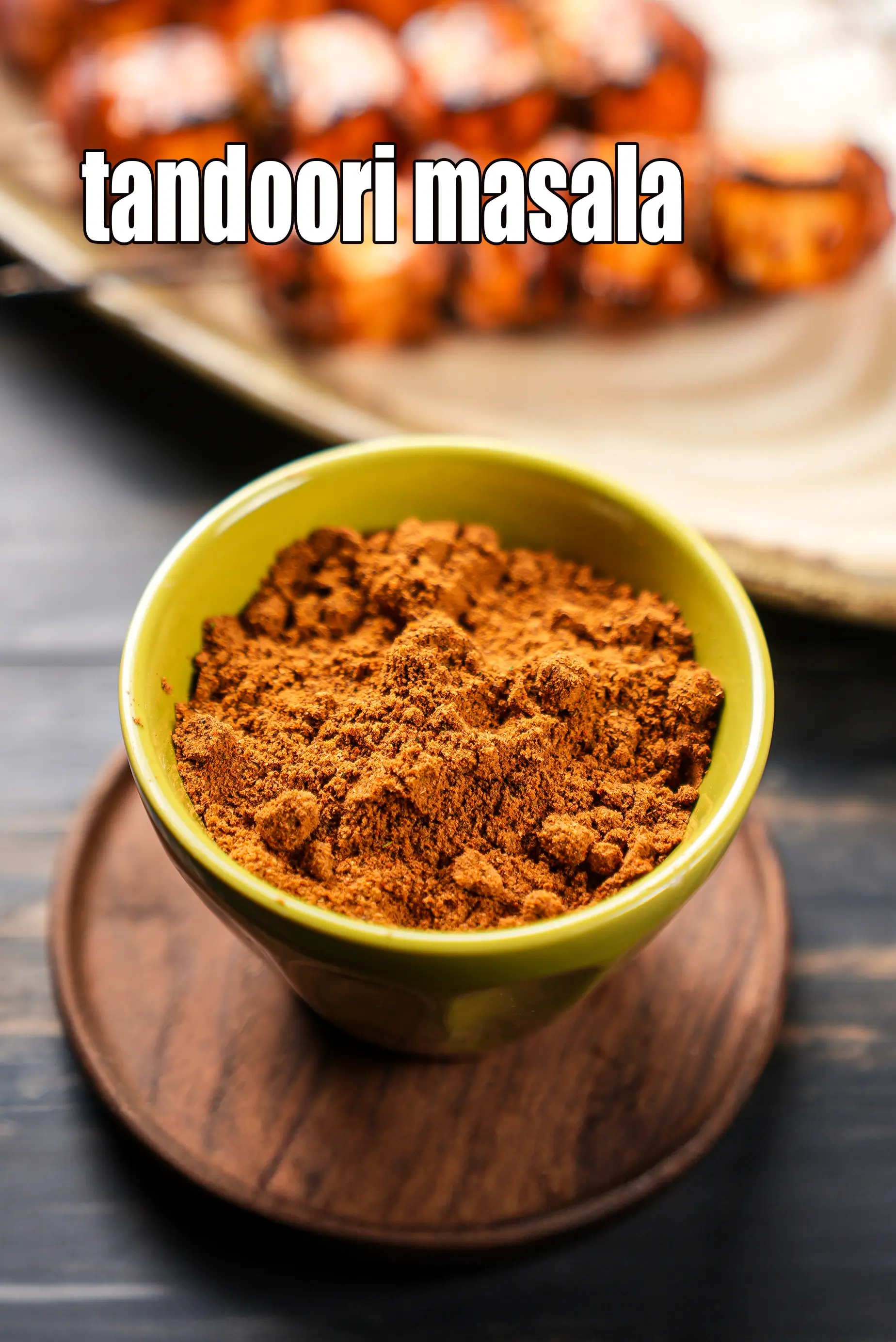Nutritional Facts of Rice and Vegetable Chilla, Vegetable Rice Cheela, Calories in Rice and Vegetable Chilla, Vegetable Rice Cheela
This calorie page has been viewed 13060 times
Table of Content
How many calories does one Rice and Vegetable Chilla have?
One Rice and Vegetable Chilla (40 grams) gives 29 calories. Out of which carbohydrates comprise 22 calories, proteins account for 4 calories and remaining calories come from fat which is 3 calories. One Rice and Vegetable Chilla provides about 1.5 percent of the total daily calorie requirement of a standard adult diet of 2,000 calories.
Rice and Vegetable Chilla makes 15 chillas, 40 grams per chilla.
29 calories for 1 chila of Rice and Vegetable Chilla, Vegetable Rice Cheela, Cholesterol 0 mg, Carbohydrates 5.7g, Protein 0.9g, Fat 0.3g. Find how much fibre, iron, calcium, zinc, magnesium, phosphorus, sodium, potassium, folic acid is present in Rice and Vegetable Chilla, Vegetable Rice Cheela
See rice and vegetable chilla recipe | vegetable cheela made with rice | vegetable chilla with curds | with 34 amazing images.
rice and vegetable chilla recipe | vegetable cheela made with rice | vegetable chilla with curds is good to serve for breakfast as well as evening tea snacks. Learn how to make vegetable cheela made with rice.
To make rice and vegetable chilla, combine all the ingredients in a bowl along with approx. 1/4 cup of water and mix well. Keep aside for at least 10 minutes. Heat a mini non-stick pancake pan and grease it lightly using a little oil. Pour a spoonful of the batter into each mould and spread into a 75 mm. (3”) diameter circle. Cook the chillas using a little oil, till they turn golden brown in colour from both the sides. Repeat with the remaining batter to make more chilas. Serve immediately with green chutney.
Sometimes, the modification of some of the ingredients or the addition of veggies can give a very innovative spin to popular recipes. Here, the addition of cabbage along with buttermilk has that effect on the traditional chilla. Try vegetable chilla with curds.
The rava and the urad dal flour are essential ingredients that balance the mushiness of rice very well. Coriander and green chillies impart a wonderful aroma that fills the room when the vegetable cheela made with rice is cooked on the tava. You can also try other cheela recipes like paneer vegetable pancakeand whole wheat vegetable cheela.
Tips for rice and vegetable chilla. 1. Serve rice and vegetable chilla with green chutney. 2. You can use leftover rice to make your chilla. 3. If you don’t want carrots you can use grated cucumber. 4. You can use 1 tbsp lemon juice or vinegar mixed with 1 cup of water and use it to replace buttermilk.
Is Rice and Vegetable Chilla healthy?
Yes for some and no for others.
Let's understand the ingredients.
What's good.
Urad Dal : 1 cup of cooked urad dal gives 69.30% of your daily requirement of folic acid. The folic acid in urad dal helps your body to produce and maintain new cells, especially red blood cells. Being rich in Phosphorus it works with Calcium to build our bones. It is also high in fibre and good for heart, good for lowering cholesterol and good for diabetes. See here for 10 super benefits of urad dal.
Cabbage ( Patta Gobhi + Red Cabbage, Purple cabbage) : Cabbage is low in calories, relieves constipation, good for diabetics. Cabbage has high levels of flavonoids and anthocyanins and has long been used as a herbal medicine. Rich in Antioxidants in turn lowers the risk of infection and inflammation of the body due to eating processed foods. Red cabbage, also called purple cabbage, has slightly higher levels of flavonoids and anthocyanins than green cabbage and has long been used as a herbal medicine. It has same health benefits to offer as the cabbage otherwise. See here all benefits of cabbage.
Carrots (gajjar) : Carrots have the nutrient Beta Carotene which is a form of Vitamin A, helps prevent deterioration of the eye as one gets older and prevents night blindness. Carrot is great for the eyes.They relieve constipation, lower blood pressure, have fibre and lower cholesterol. Read the 11 super benefiits of carrots and why to include them in your daily diet.
Curd + Low fat Curds, hung curds : Curds help in digestion as it has very good bacteria. Probiotics in curds acts as a mild laxative but, in case of diarrhoea and dysentery, it is a boon, if curd is used with rice. Curd is one of the richest sources of protein, calcium and minerals. They help in weight reduction, good for your heart and build immunity. Being low in sodium, it is safe to be eaten by individuals with high blood pressure. The only difference between curds and low fat curds is the fat level. Note that one cup curds gives half cup hung curds. Read the benefits of curds to include in your daily diet.
What's the problem ?
Rice : Here are the pros for rice. Rice is a great source of complex carbohydrates, which is an important source of energy for our body. Moreover it is gluten free. Rice is low in fibre and therefore a good option for people suffering from diarrhoea. But rice is a good source of protein and B vitamins.
What's not good with rice? Foods like rice that are high in Glycemic index are not suitable for weight loss, heart patients, diabetics as they affect the blood sugar control levels. However if rice is combined with high protein or high fibre foods, the glycemic load can be balanced. Thus its combo is a better choice as we have done in the recipe of panch dhan khichdi and toovar dal khichdi. See details of is white rice and parboiled rice good for you?
Rava (semolina, sooji) : What's good? Semolina is a fairly good source of Magnesium and phosphorus which is necessary to keep our nervous system healthy and working. But once again, it’s minus the fibre which is also one of the important nutrients to maintain healthy heart. So don’t opt for just the plain rava upma… instead toss in some sprouts or veggies and limit the amount of salt used and then add it occasionally to your meals. What's the issue? Fibre is one key nutrient for weight loss and semolina is devoid of it. Semolina is not suitable for diabetics. For details read is sooji healthy?
Can diabetics, heart patients and overweight individuals have Rice and Vegetable Chilla?
No, as the recipe used rice and rava. Fibre is one key nutrient for weight loss and semolina is devoid of it. Semolina is not suitable for diabetics.
Can healthy individuals have Rice and Vegetable Chilla?
Yes, as there are lots of vegetables used in the recipe and its low in fat.
| Energy | 29 cal |
| Protein | 0.9 g |
| Carbohydrates | 5.7 g |
| Fiber | 0.6 g |
| Fat | 0.3 g |
| Cholesterol | 0 mg |
| Vitamin A | 45.6 mcg |
| Vitamin B1 | 0 mg |
| Vitamin B2 | 0 mg |
| Vitamin B3 | 0.1 mg |
| Vitamin C | 2 mg |
| Folic Acid | 9.1 mcg |
| Calcium | 4.1 mg |
| Iron | 0.2 mg |
| Magnesium | 7.9 mg |
| Phosphorus | 22.5 mg |
| Sodium | 1.7 mg |
| Potassium | 24.5 mg |
| Zinc | 0.1 mg |
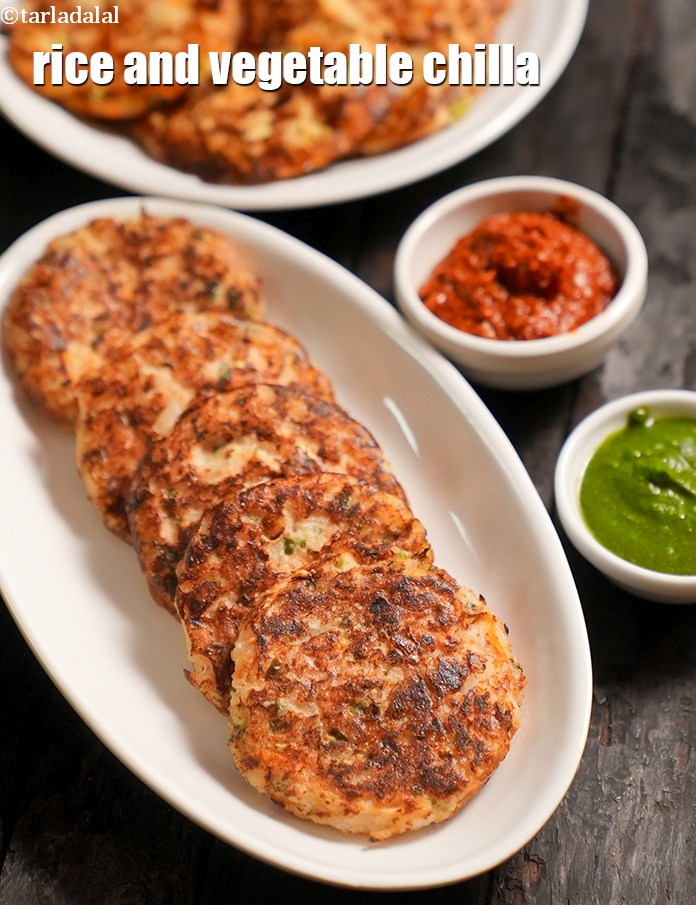
Click here to view Rice and Vegetable Chilla, Vegetable Rice Cheela
Calories in other related recipes
